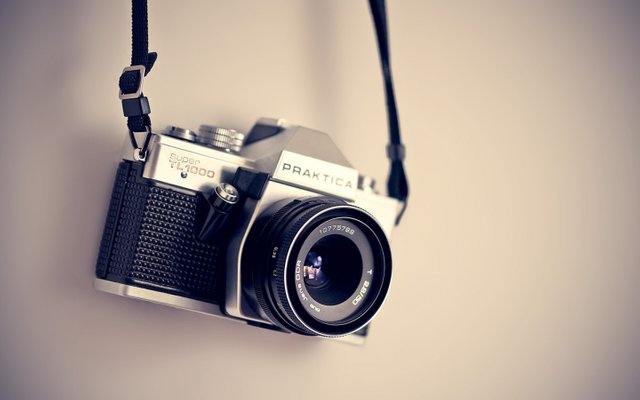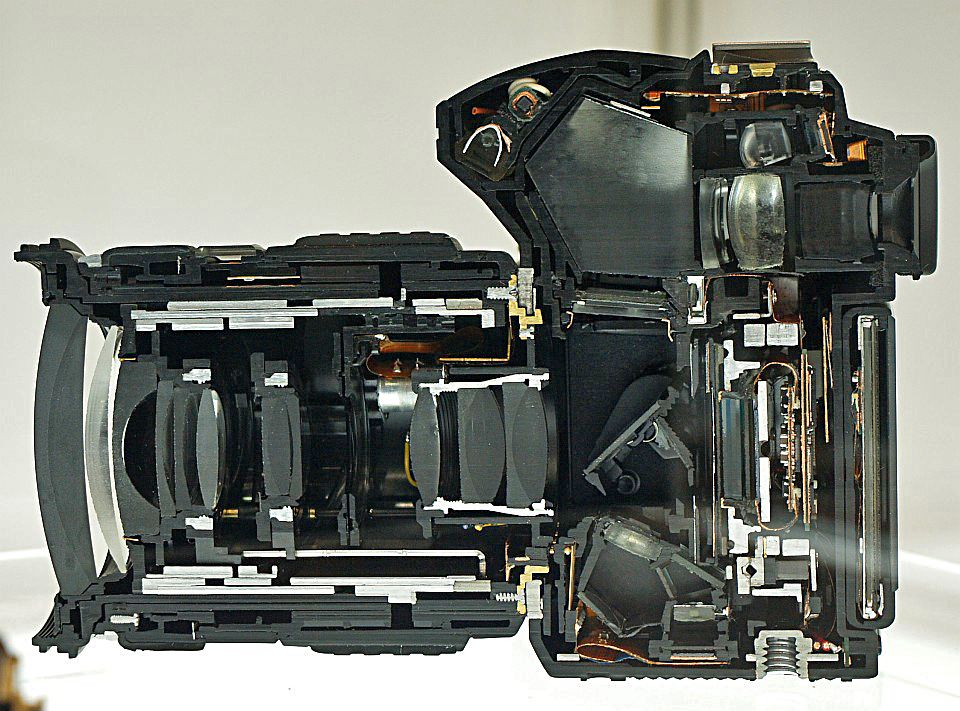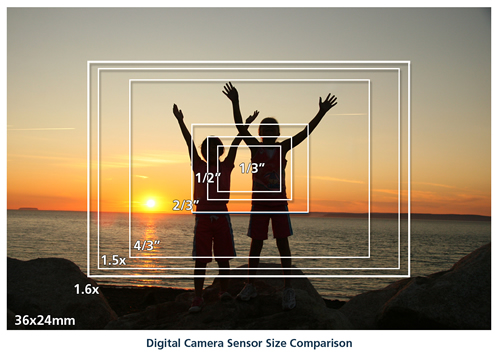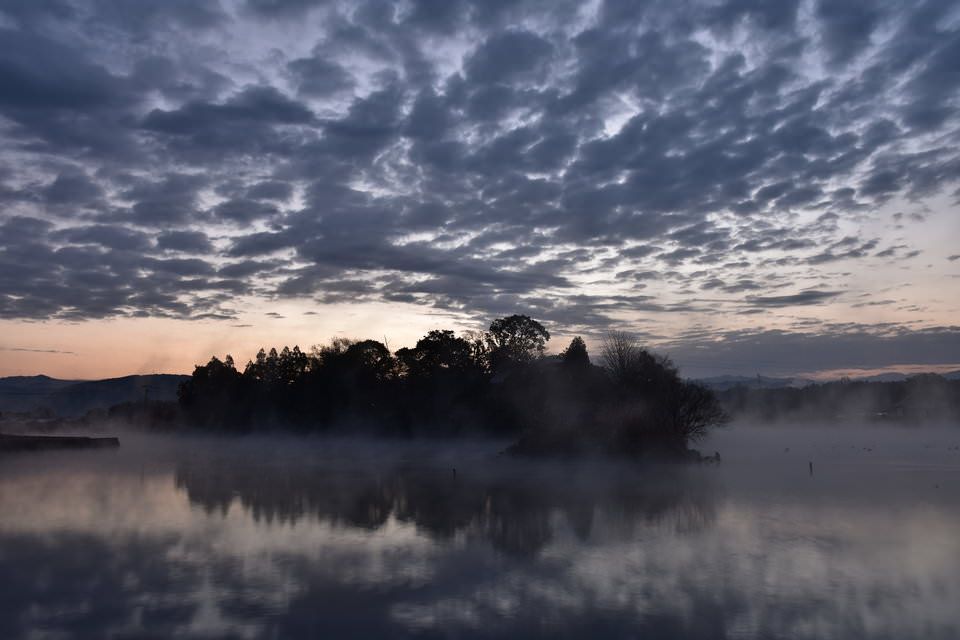A Beginners Journey in Photography - Part 3: The Sensor of a DSLR... Challenge!!

Hello dear photography enthusiast. I hope you are doing well during the holidays and that you managed to rest at least a little. Before I go on I must point out a post I have made today. In it I talk about how I view Steemit and what I vow to do for the commenters of my content. Anyone who wants to contribute more to the content creation here on Steemit should check it out. Now we can start.
So today I will be talking about the sensor that is inside the cameras body. It is single-handedly the most important thing that resides in the plastic encasing that most of us think about as the camera, because it defines the quality of the light capture of your camera.

As I have talked about in my previous post in Part 2 of this series the sensor in the camera and the objective complement each other so we should strive to achieve good compatibility between these vital components. It does not make much sense to buy a high quality objective if we are going to spare expanses on the camera body. When I say the camera body in reality I am talking about the sensor, which is the most expensive thing in the body. Actually the size of a DSLR camera is almost the sole responsibility of the sensor. To understand what camera is the best for ones use we must obviously understand the types and sizes of camera sensors.
Sensor Types
Ever since the developement of the digital light sensor two types have been prevalent. The CCD - Charged-Coupled Device and CMOS - Complementary metal–oxide–semiconductor have seen increasing use because of its relative simplicity of use and manufacture. Especially with technological innovations in semi-conductor physics both these sensors have become dirt-cheap comparing to historic prices.
CCDs are built out of many p-doped semiconductors each formings its own pixel. After a photon hits a pixel it knock an electron out of the semiconductor which is recorded on the electronics. If too many photons hit a pixel it becomes saturated. This means no more electrons can be knocked out which lowers the contrast of our photo. This is where shutter speed and exposure time comes into play. But lets leave this topic for another time.
_for_Ultra-Violet_and_Visible_Detection.jpg)
CCD sensors produce high quality images, although cameras equipped with this sensor tend to be more costly and consume more power than other types like CMOS sensors.
CMOS sensors work pretty much on the same principle as the CCD. They are bigger and allow the capture of more light and are also less noisy, which means they produce better quality pictures. But this also means that the cameras encasing them must be bigger and therefore heavier. This is an obvious drawback.
Both sensors have their pros and cons and are pretty simillar in their capabilities.
Sensor Sizes
There are three basic size categories for sensors: Four Thirds, APS, and Full Film Format. As noted in the chart below, the smaller sensors are used in point and shoot cameras while the larger ones are found in DSLR models. The names come from their sizes in inches. Each size is shown in the figure.

The size of the sensor along with the angle of the lens defines the actual angle one can capture. This shows once again how the lenses and the camera body have to be considered together and not alone. We can describe both of them with a parameter called Focal Length Multiplier Factor but I will talk more about it later in my posts. Most DSLRs dont have the full-frame sensor which means this true angle of view must be taken into account when buying, lets say, wide-angle lenses. Meanwhile owners of full-frame sensors do not need to worry because the objective works as intended.

This was only a short review of the different aspects one has to be careful of when buying a new camera. It is a complex field that requieres more attention. But I as a newbie in photography, really dont have all the information that is relevant. I still hope you enjoyed the post and that you got some relevant information out of it.
Challenge
From now on until I reveal which camera I intend to buy I am also issuing a challenge to all of the readers of these posts. At the end of every post I will post a photo taken by the camera I chose to be mine. If you figure out which camera I intend to buy I will be giving you 10 STEEM after the reveal is made in about a month. The first one to guess correctly will be given the whole prize. You can enter this challenge by commenting your answer down in the comments bellow. You must also resteem the post you commented on and upvote it.
Good luck to you all and see you soon!

To always stay to date on my and Urška's adventures please follow me and Urška at @urskaskamen. If you like this post and want to keep it coming please upvote me. It trully means a lot to a minnow like me. Also If you have any questions feel free to comment and I will definitly try to answer you in a timely manner.
Nikon D7200
Maybe yes, maybe no! You eill have to wait until I announce it! :(
Perhaps I did not correctly understand the task that you set. Maybe I'm dreaming about such a device)))
Nah its fine. I just cant give the answer just yet. You might be correct or maybe you are not. You will see.
OK! Have a nice day!
You too my friend!
I think he got it already It's a D7200 Nikon
D7200 Nikon